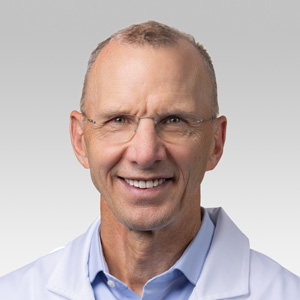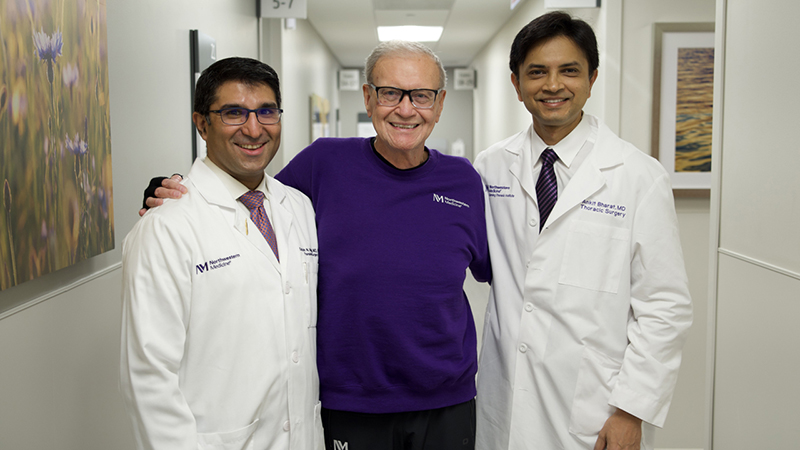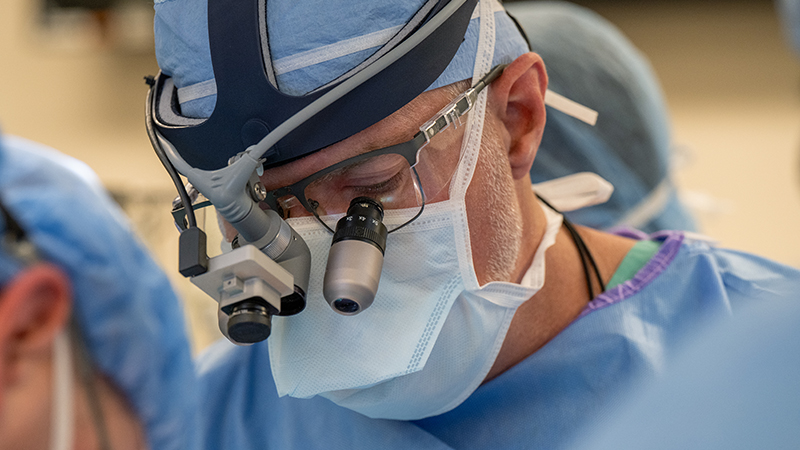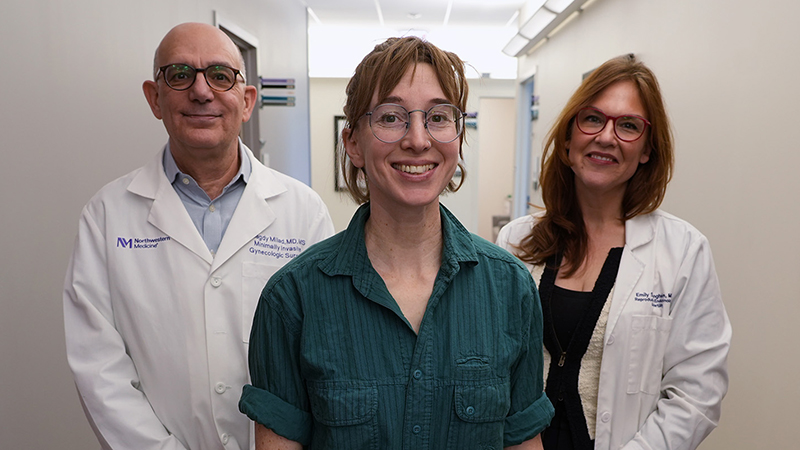A Different Approach to Hip Replacement
Third Opinion Gets Firefighter Back to Work
Updated February 2023
As a firefighter, Dan’s everyday was all day and after 25 years of service, Dan hung up his helmet in April 2015. But two and half years ago, hip pain almost meant an early departure before he could reach retirement.
Dan first visited his primary care physician when he thought the pain he had been experiencing on a golf trip was a hernia. His physician instead referred Dan to an orthopaedic specialist, who did an MRI and diagnosed Dan with something called avascular necrosis, sometimes called Bo Jackson’s disease.
Avascular necrosis occurs when bone tissue dies due to a lack of blood supply. In Dan’s case, his hip joint was dead, which in turn was causing his hip pain. The specialist and his team tried a number of treatments, but ultimately, Dan faced one last option, a sure solution with one serious side effect. The team could replace his hip, but the hip replacement would prevent him from returning to work.
Dan is a fighter – it’s in his job title – and he promptly sought a second opinion. The second orthopaedic physician only reiterated the bad news from the first. Dan took one more shot.
“I was at a crossroads. I didn’t have anywhere to go,” Dan recalled. “For some reason, I had talked to somebody on the job and he was like, hey, you know what, we have another guy that’s going through this. He’s got this doctor, and his name’s Dr. Stover.”
A phone call, an evaluation, a scheduled hip replacement and Dan was on the job two months later. A year to the day after the right hip, he called Michael David Stover, MD, again. The second hip was no different. A phone call, an evaluation, a hip replacement – on the job two months later.
What Dr. Stover proposed was an anterior approach to hip replacement. Instead of going through the side or the back of the hip, where surgeons must cut through muscle and tendons, Dr. Stover and his team operated by going through the front. Less cutting and less trauma typically leads to less pain and a faster recovery. And for Dan, it meant returning to work and reaching retirement.
Northwestern Medicine is home to multiple orthopaedic surgeons downtown and in the suburbs with experience performing various hip procedures. But that doesn’t mean that Dr. Stover and his peers are not already looking for the next breakthrough in total hip replacement, pursuing research to predict post-surgical complications, determine post-operative differences based on approach, and compare imaging techniques for placement during the direct anterior approach, among other areas of interest.
Dan would work another year and a half after his hip replacements, retiring with 25 years on the job. Now he is happily enjoying retired life, even if he’s only just finding out what that looks like.
“It’s nothing spectacular, but I stay busy,” Dan said. What matters is that he can do what he wants to do. “With the hip replacement, I still enjoy my family, ride bikes with my daughters, play golf with my friends. You name it. I just don’t run marathons – I never did, and I never will.”






